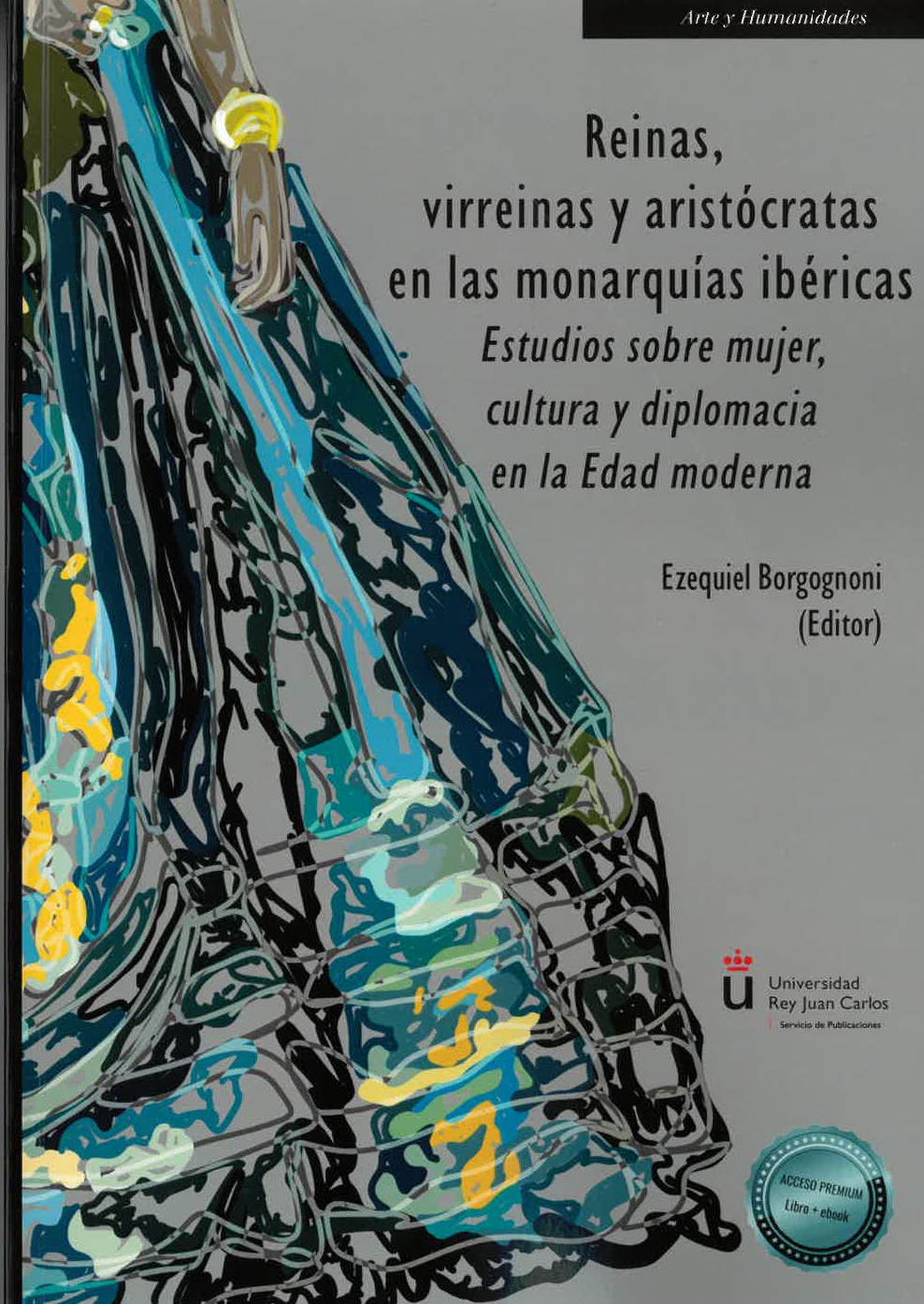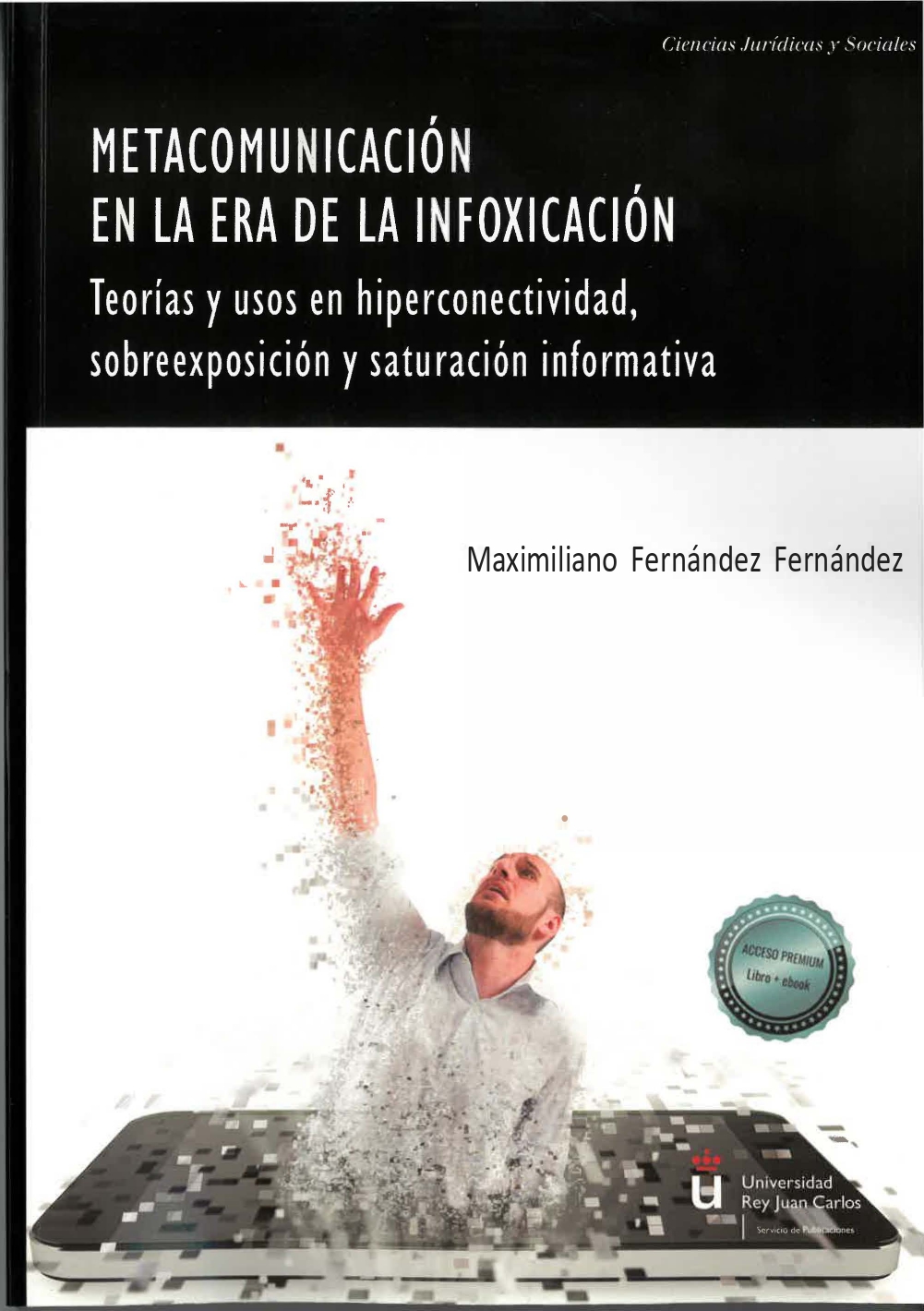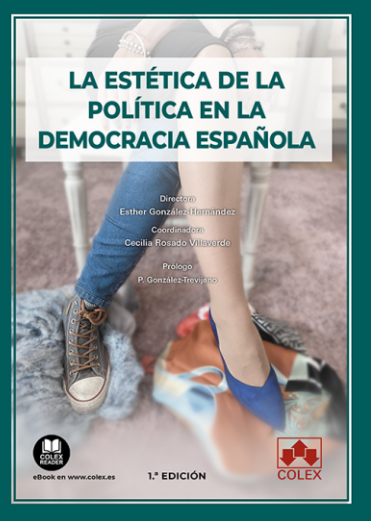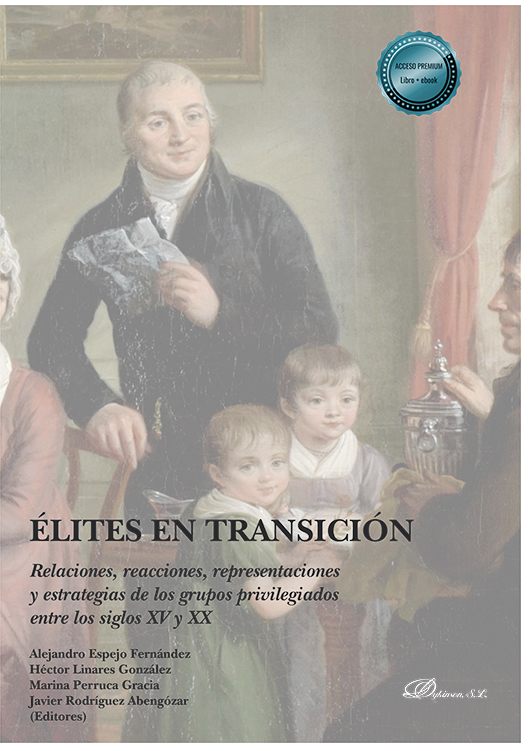Nora Fernandez Fernandez / Raul Garcia hemonnet
We end this 2022 with two new books edited by the URJC Publications Service and Dykinson.
women of the aristocracy
The title of the first book is 'Queens, viceroys and aristocrats in the Iberian monarchies. Studies on women, culture and diplomacy in the modern age'.
From the Publications Service "we highlight and appreciate the beautiful cover, designed by the student Nuria Vadillo Martín".

New Technologies and mass media
On the other hand, it'sMetacommunication in the era of infoxication. Theories and uses in hyperconnectivity, overexposure and information saturation'. Its author, Maximiliano Fernández Fernández, undertakes in this work the theory and analysis of communication.

Outside of the University publications service, we have other books starring the teaching staff of the URJC.
The game of politics
'The aesthetics of politics in Spanish democracy' is an academic book coordinated by Esther González-Hernández, pProfessor of Constitutional Law, in which several URJC teachers have participated. In it, it is analyzed how aesthetics and fashion influence politics to the point of occupying a central role and, therefore, affect the political and institutional system.
From the aesthetics of the Government, that of the Royal House, that of Parliament or that of the Judiciary, this book looks at the essential aspects of institutional communication that each body follows and the politicians and policies that make them effective.
In this sense, the book notes the importance of rhetoric and non-verbal language to truly understand how politics is built in contemporary Spanish democracy. Oral political discourse in this XNUMXst century, the aesthetics of parliamentarianism, both in a general way and that which affects the opposition, the protocol that is developed in the Headquarters of State and in the executive branch, or the interesting history of the toga, These are some of the topics that these pages deal with and that seek to immerse readers in this exciting issue that fully affects our social and democratic State of Law.

Analysis of the functioning of the Spanish elites during 5 centuries
The book, 'Elites in transition 'Relations, reactions, representations and strategies of privileged groups between the XNUMXth and XNUMXth centuries', the work of young historians from the URJC (Alejandro Espejo Fernández, Héctor Linares Morales, Marina Perruca Gracia and Javier Rodríguez Abengózar), brings together various studies on the elites in Spain from the XNUMXth to the XNUMXth centuries, focusing on the transversal and interdisciplinary approach to this historiographical subject.
In this way, in this work the same phenomenon is observed in an extended period of time that allows us to perceive the changes in the relationships, reactions, representations and strategies of the Spanish elites and their connection with the European and American spheres. For this, a broad and generic concept of elite is taken as a reference, defined as a group of heterogeneous composition that bases its share of power on influence, lineage, wealth or possession of public office.
The different chapters analyze how these power strategies and the foundations that support them change over time based on social and mentality changes from the fifteenth century to the end of the twentieth century.
In this sense, the work is divided into four thematic blocks that bring together the contributions of both modernist and contemporary historians, thus breaking the limits imposed by the periodization of History and that have classically prevented communication between historians. from one period to the other.




